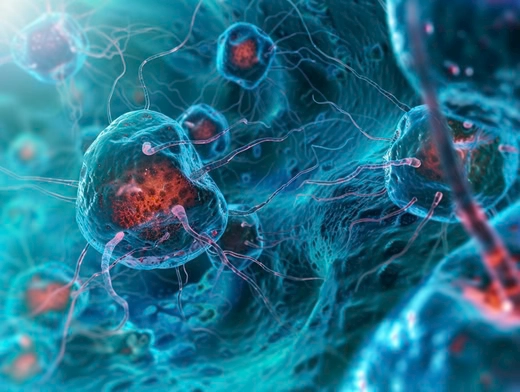
I’m ditching the high-carb life and giving low carb a go. Apparently, it’s great for shedding kilos, especially that stubborn belly fat. To make this switch smoothly and become a fat-burning machine, I’m following this step-by-step guide.
Step 1: Low Carb 101
First things first, let’s break it down. Going low carb means cutting back on carbs, especially sugary treats and starchy stuff. I’m upping my protein intake to keep my muscles happy (around 0.6-1 gram per kilogram of lean body mass), and filling the rest of my plate with healthy fats like avocado, nuts, seeds, olive oil, and fatty fish.
Step 2: Low Carb Shopping List
Now, I’m stocking the fridge with veggies, but sticking to the non-starchy ones like leafy greens, broccoli, cauliflower, zucchini, and capsicums. Protein-wise, chicken, beef, pork, fish, eggs, and tofu are all good options. And for fats, I’m grabbing avocados, nuts, seeds, coconut oil, olive oil, and even butter (if it agrees with me).
Step 3: Making the Move
To avoid carb cravings and feeling awful, I’m slowly cutting back on carbs over a few days. I’m also bumping up the healthy fats to make up for the lost carbs and keep me feeling full and energised. Staying hydrated is key, as going low carb can make you lose water weight at first.
Step 4: Fasting Fun
Intermittent fasting seems like a good fit for low carb, so I’m giving it a try. I’m starting slow with a 12-hour fasting window (including sleep time) and seeing how I feel. If all goes well, I might extend it to 16-18 hours eventually. As for meals, I’m planning them within my fasting window. For example, if I’m doing a 16-hour fast, I’m having my first meal around noon.
Step 5: Listen and Learn
I’m paying attention to how I feel. If something doesn’t sit right, I’m adjusting what I eat and when I eat it based on my hunger levels and energy. Especially during the first few weeks, I need to watch my electrolytes (sodium, potassium, magnesium) to avoid getting the “keto flu.”
Step 6: Sticking with It
I’m being patient. It can take a few weeks for my body to become a fat-burning pro. To avoid temptation and stay on track, I might even prep some meals in advance.
Step 7: Support System
I’m considering chatting with a nutritionist or doctor before I make any big changes. Plus, I’m checking out online forums and communities for motivation and advice from others following a similar path.
By following these steps, I hope to make the switch to low carb and intermittent fasting as smooth as possible, minimise hunger pangs and discomfort, and maybe even become fat-adapted quicker. But everyone’s body is different, so listening to mine and making adjustments is crucial.
Disclaimer:
This information is for informational purposes only and is not intended to be a substitute for professional medical advice. It’s important to consult with your doctor before starting any new diet, including keto, especially if you have any underlying health conditions. They can advise you on whether keto is right for you and help you create a safe and effective plan.


